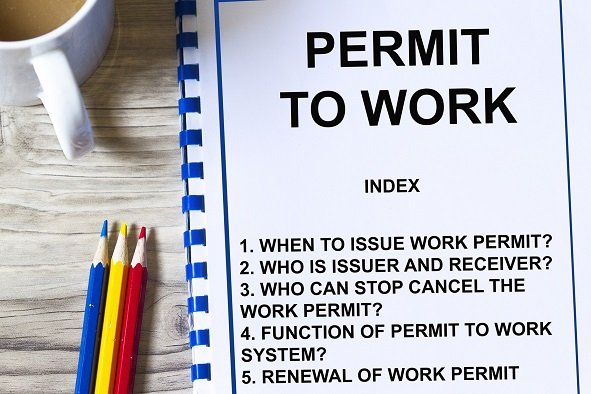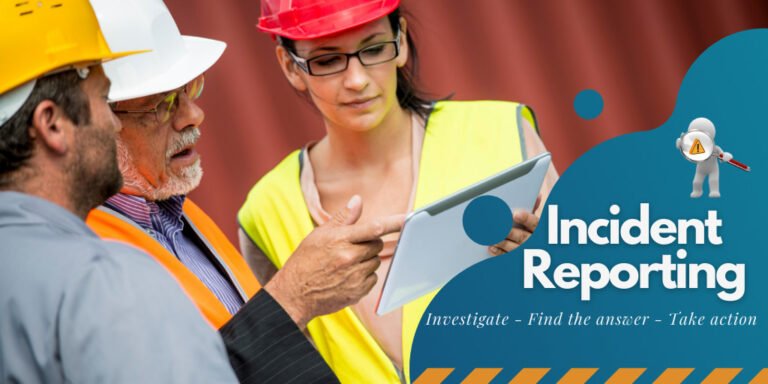Fire Extinguisher Use – 12 Modules | One Day USD: 150/- and Two Day USD: 250/- Per Pax.
Description
Module 1: Introduction to Fire Safety and Extinguishers
- Importance of fire extinguisher training
- Role of employees in early-stage fire control
- Legal and company requirements
Module 2: Understanding the Fire Triangle and Fire Behavior
- Elements of fire: heat, fuel, oxygen, and chemical reaction
- How fire spreads and grows
- Breaking the fire triangle to extinguish fires
Module 3: Classes of Fire
- Class A: Ordinary combustibles
- Class B: Flammable liquids and gases
- Class C: Electrical fires
- Class D: Combustible metals
- Class K: Cooking oils and fats
Module 4: Types of Fire Extinguishers
- Water, foam, dry chemical powder, CO₂, and wet chemical extinguishers
- Color codes and labels
- Advantages and limitations of each type
Module 5: Fire Extinguisher Components and Mechanism
- Cylinders, handles, pins, gauges, and nozzles
- How extinguishers discharge and suppress flames
- Understanding pressure indicators and maintenance tags
Module 6: Fire Extinguisher Selection
- Choosing the right extinguisher for different fire classes
- Hazards of using the wrong extinguisher
- Compatibility with work environment and materials
Module 7: Inspection and Maintenance of Fire Extinguishers
- Monthly visual inspection checklist
- Annual servicing and hydrostatic testing
- Record keeping and tagging procedures
Module 8: Fire Extinguisher Placement and Accessibility
- Strategic locations and mounting height
- Travel distance and visibility requirements
- Avoiding obstructions and ensuring accessibility
Module 9: How to Operate a Fire Extinguisher (PASS Method)
- Pull the pin
- Aim at the base of the fire
- Squeeze the handle
- Sweep from side to side
- Demonstration and hands-on practice
Module 10: Fire Extinguisher Use in Different Environments
- Office, warehouse, construction site, and laboratory settings
- Electrical panel and kitchen fire response
- Handling gas and chemical fires safely
Module 11: Emergency Procedures and Fire Response
- Raising the alarm before attempting to extinguish a fire
- When not to fight a fire
- Evacuation and emergency communication protocols
Module 12: Fire Safety Awareness and Continuous Improvement
- Refresher training frequency and drills
- Encouraging proactive reporting of fire hazards
- Building a culture of fire prevention and preparedness
View more Courses
Hi, Welcome back!




